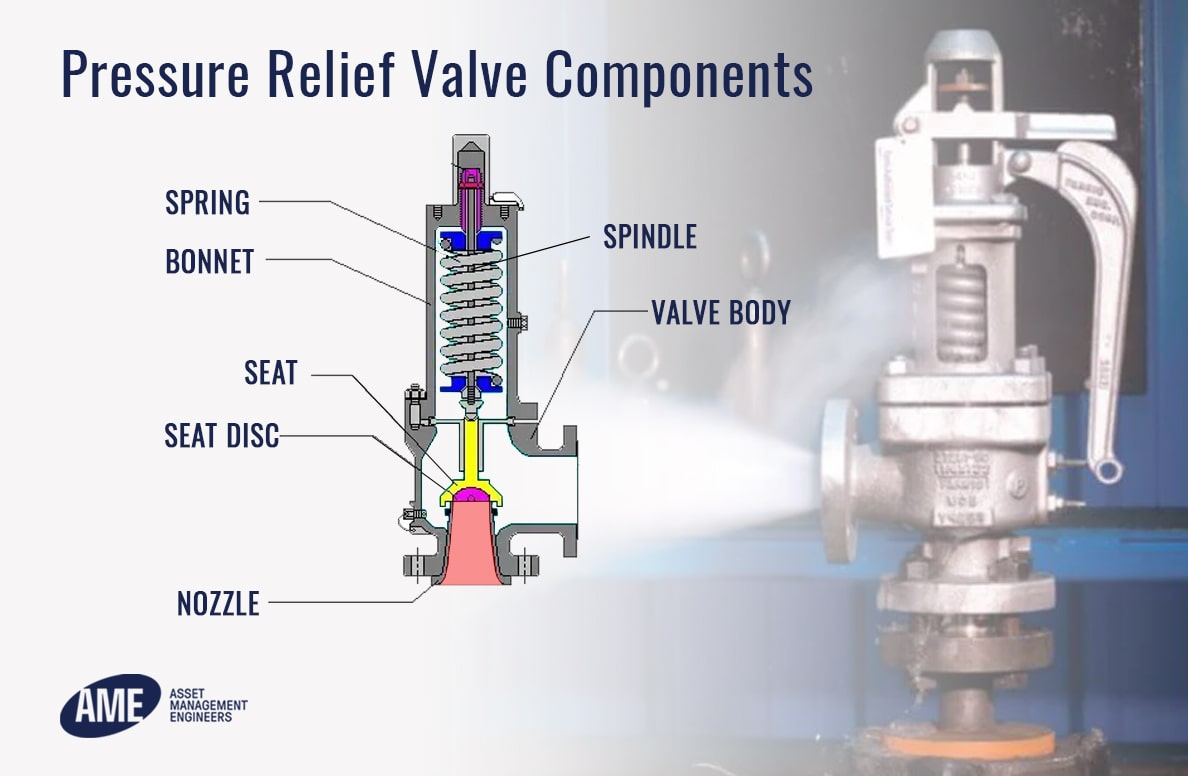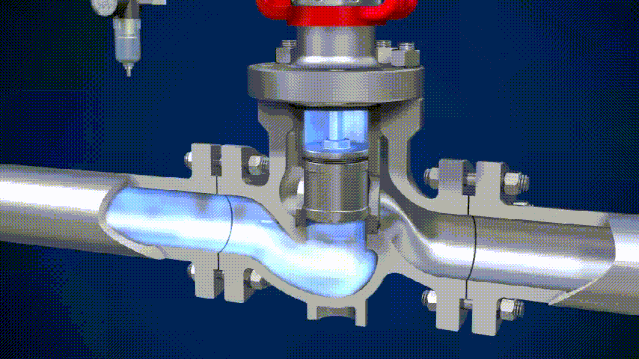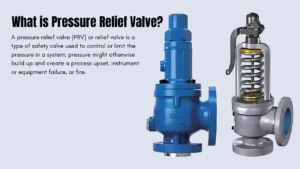In the world of industrial engineering, selecting the appropriate relief valve seal materials is a critical decision that impacts the safety and efficiency of various systems. A well-chosen seal material ensures the reliability and longevity of relief valves, which are essential components in managing pressure and preventing equipment failures. This article explores the different materials available for relief valve seals, shedding light on their properties and applications.

Understanding Relief Valves
Relief valves are safety devices designed to control or limit the pressure in a system by allowing the pressurized fluid to flow from an auxiliary passage. This process prevents potential hazards from over-pressurization, which can lead to equipment damage or even catastrophic failures. To function effectively, relief valves require high-quality seals that can withstand various operational conditions.
Importance of Seal Materials
The choice of seal materials directly influences the performance and durability of relief valves. Factors such as temperature, pressure, and the type of fluid being handled are vital considerations. Inappropriate selection can lead to leaks, degradation, and potential system failures.
Temperature Considerations
Temperature plays a significant role in determining the suitability of seal materials. Materials must be able to withstand extreme temperatures without losing their integrity. For instance, some applications may require seals that can endure low temperatures, while others might need resistance to high heat.
Pressure and Fluid Compatibility
The pressure levels and the type of fluid being handled also affect material choice. Seals must be compatible with the fluid to prevent chemical reactions that can degrade the material. Similarly, they must sustain the pressure levels within the system without compromising their function.
Common Relief Valve Seal Materials
There are several seal materials commonly used in relief valves, each with its unique properties and applications. Understanding these materials can help in making informed decisions.
Elastomers
Elastomers are flexible and resilient materials used in various sealing applications. They provide excellent sealing capabilities and are often used in low to medium pressure applications. Common elastomers include Nitrile (NBR), Fluoroelastomer (FKM), and Ethylene Propylene Diene Monomer (EPDM).
PTFE (Polytetrafluoroethylene)
PTFE is known for its excellent chemical resistance and high-temperature capabilities. It is a popular choice for applications involving aggressive chemicals or extreme temperatures. PTFE seals offer low friction and are suitable for a wide range of applications.
Graphite
Graphite is used in high-temperature applications due to its thermal stability and chemical resistance. It is particularly useful in environments where metal seals might fail due to oxidation or other chemical reactions.
Factors Influencing Material Choice
When selecting seal materials, several factors come into play. Understanding these factors ensures the optimal performance of relief valves.
Application Environment
The environment in which the relief valve operates significantly influences material selection. Factors such as exposure to harsh chemicals, temperature fluctuations, and pressure levels must be considered.
Regulatory Standards
Compliance with industry standards and regulations is crucial in selecting the right materials. Organizations such as ASME provide guidelines that help in determining suitable materials for specific applications. For more information on these standards, visit ASME code for pressure relief valves.
Cost Considerations
While performance is paramount, cost is also an important factor. Engineers must balance the need for high-performance materials with budget constraints, ensuring that the selected material offers the best value for its intended application.
Emerging Trends in Seal Materials
The field of seal materials is continually evolving, with new materials and technologies emerging to meet the demands of modern applications.
Advanced Polymers
Advanced polymer materials are being developed to provide enhanced performance in challenging environments. These polymers offer superior chemical resistance and mechanical properties, extending the lifespan of seals.
Nanotechnology
Nanotechnology is playing a significant role in the development of seal materials. Nano-enhanced materials offer improved strength, flexibility, and resistance to wear, making them ideal for demanding applications.
Sustainability and Eco-friendly Materials
With growing environmental concerns, there is a push towards using eco-friendly materials in industrial applications. Sustainable materials offer reduced environmental impact while maintaining high-performance levels.
Conclusion
Selecting the right relief valve seal materials is a critical task that demands careful consideration of various factors. Engineers must weigh the properties of different materials against the specific requirements of their applications to ensure safety, efficiency, and longevity. As technology advances, new materials and innovations will continue to enhance the capabilities of relief valve seals, contributing to safer and more reliable industrial systems.

FAQs
What are the most common materials used in relief valve seals?
Common materials include elastomers, PTFE, and graphite, each offering unique properties suitable for different applications.
How does temperature affect seal material choice?
Temperature can significantly impact the performance of seal materials. High temperatures may require materials like PTFE or graphite, which offer excellent thermal resistance.
Why is chemical compatibility important in seal material selection?
Chemical compatibility ensures that the seal material will not react adversely with the fluid, preventing degradation and potential leaks.
For further insights into the intricacies of relief valves, visit [The Basics of Pressure Relief Valves](https://www.beswick.com/resources/the-basics-of-pressure-relief-valves/).
This article contains affiliate links. We may earn a commission at no extra cost to you.




